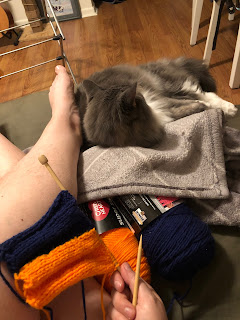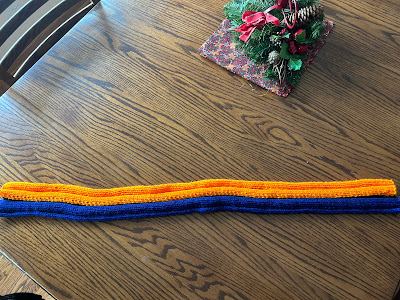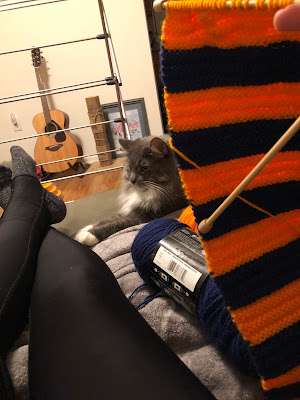Musing of a Weekend Kayak Trip
This past Sunday I got my kayak out for what will likely be the last trip of this season. This was a special final kayak trip for the 2023 season because I got to go with a very good friend from my undergraduate education. We will call this friend Marty and he is one of two people I keep in contact with from my undergraduate days.
This trip was the first time I have seen Marty since 2019 and I am thankful we had the chance to meet up before he heads back to the Chicagoland area. There is nothing quite as peaceful as being out on the water and this past weekend was no exception. With everything going on in life, it was energizing to talk with an old friend and reminiscence on the old times.
⛵
Meeting Marty
Now, the story of how Marty and I met is one of contention as I do not recall his version of the story (albeit if I am honest, his story is likely true). Marty remembers sitting in Brad Mehrten's MCB 150 course as first semester students at university. I was *that* student who always sat first row in front of the professors (NERD) and Marty sat behind me. Marty's version of the story is that he was talking with his friend while Brad was lecturing and I turned around and shushed him.
🤓
This is both a plausible and implausible story as it would greatly bother me to have someone talking while I am furiously taking notes in class BUT I am also an extraordinarily non-confrontational person. Will we ever really know what happened that day? Perhaps not but I am thankful that this interaction did not scare Marty away from a friendship with me. Our in-depth conversations about anything and everything, support we give one another, and overall care for each other cannot be overstated.
The Start of the Day
Now, this day started with picking up Marty in Jersey City and as we were getting coffee his parents FaceTimed to say a happy Diwali. In that moment, I realized it was my first time meeting Marty's parents which was surprising given how long we have known each other. As we headed north to Wawayanda Lake in northern New Jersey we talked and talked and talked.
🌊
Don't Give Up
Marty and I hit a roadblock upon arrival at Wawayanda Lake, the road to the lake was shut down for the winter but in classic fashion we were not easily deterred. I found a lake on Google Maps a little bit further north in New York and decided to drive in that direction. I was getting mildly frustrated as I was looking forward to getting on the water one last time until next spring and was worried we wouldn't be able to find a place to put the kayak into the water. We could of course go for a hike, but that wasn't the plan. I hate when things don't go as planned.
😟
As we got to the new lake, we found that it seemed to be surrounded by homes which suggested to us it was a private lake. I saw a small beach (FYI, a beach to me is sand next to water regardless of how large the water or sand is) and figured we could see if we could park there and quickly put the kayak in before anyone saw us. Thankfully, we were able to park near the beach and put the kayak in quickly. Yes, there was a couple that was 100% hoping we would fall in the water when we were getting into the kayak but otherwise, no one bothered us.
We were able to get across most of the lake before we turned around to head back to the shore. On this lake, we came across some fishers and some folks in motor boats. There were many large homes and docks along this lake with great views of the surrounding mountains and trees. The trees were starting to lose their leaves but it was still gorgeous.
The water on this lake was smooth and created a mild trip where we could chat further, get some exercise, and enjoy the quiet of being on the water.
As we were kayaking across the lake we slightly lost track of time which is when I recommended we turn around before it got dark. The way back went more quickly but it was much colder as the wind had picked up and the sun was starting to set. Our hands were very cold but that price was worth the experience.
We kayaked as quickly as we could back to the beach and made it to shore just before the sun went down (whew). I had packed a lunch for the day but we decided to go to a local restaurant to warm up and get dinner before driving back to New Jersey.
All in all, I am happy we didn't give up when we couldn't get to Wawayanda Lake or give up when we realized the lake was likely a private lake. Luckily Marty and I both fall into the category of if no one explicitly tells us no we will do it.
🤷
My recommendation? Don't give up, pay attention to your surroundings, and keep driving until you find what you are looking for. Happy sailing!






















.png)
.png)





